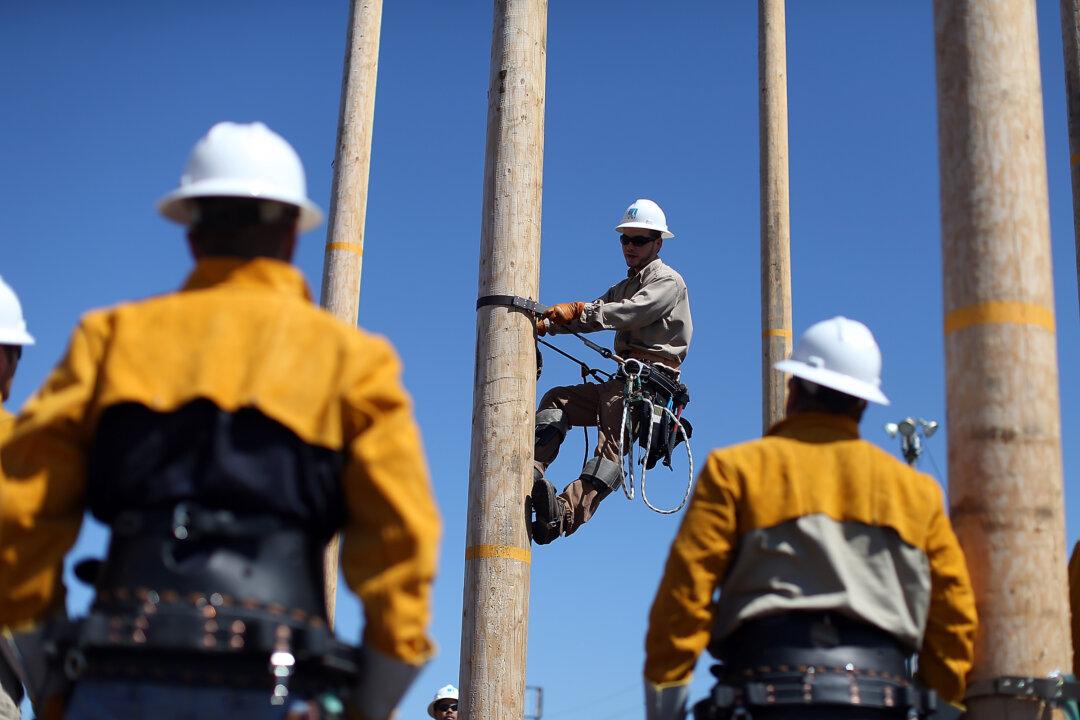Australian job seekers are continuing to feel the pressure, with job vacancies falling 2.7 percent from February to May, reaching 352,600, according to the Australian Bureau of Statistics (ABS).
Job vacancies were down across a majority of industries.
Bjorn Jarvis, ABS head of labour statistics, said there had been consecutive drops in the nation’s employment rate.
“The number of job vacancies fell further in May 2024, dropping by 2.7 percent,” he said.
“This followed a fall of 6.2 percent in February 2024.”
Mr. Jarvis said job numbers were more plentiful in 2022, but had dropped significantly since.
“May 2024 marked two years since the peak in job vacancies in May 2022,” he said.
“Since then, vacancies have fallen by 26.0 percent.
“However, job vacancies were still well above their pre-COVID-19 pandemic level.”
But Mr. Jarvis said it was important to also look at the history of the data.
“There were still around 54.8 percent, or around 125,000, more vacancies than in February 2020,” he said.
Australia’s population has also grown by more than a million people from 2020 to 2024.
Economics professor Gigi Foster told The Epoch Times that the blame for not ensuring ample employment was with the government.
“Our present economic woes are mainly down to poor economic management by those in government, during COVID especially, but also after it,” she said.
Data Shows Strongest and Weakest Growth Areas
The strongest quarterly percentage falls in job vacancies, according to ABS data, were in wholesale trade (-30.7 percent) and manufacturing (-29.8 percent).Only four industries had growth in job vacancies over the quarter.
The strongest percentage rises were in professional, scientific, and technical services (15.9 percent) and public administration and safety (15.3 percent).
Job vacancies remained higher than their pre-pandemic levels in 15 out of 18 industries, according to Mr. Jarvis.
“This continued to be particularly pronounced in customer-facing industries, including accommodation and food services, and arts and recreation services, where vacancies are still more than double pre-pandemic levels,” he said.
The latest labour account data showed that much of the recent growth in filled jobs was in the three non-market sector industries—health care and social assistance, education and training, and public administration and safety.
“This was also reflected in the latest job vacancies data, with these three industries’ share of total vacancies growing from around 27 percent in May 2023 to 28 percent in May 2024,” Mr. Jarvis said.
“The share was also considerably higher than the pre-pandemic 22 percent in February 2020.”
Healthcare is now the sector with the largest number of total vacancies, making up one in five job listings.
Job vacancies dropped over the three months to May in both the private (-2.7 percent) and public sectors (-2.5 percent).
There were also falls in job vacancies in most states and territories over the same time.
South Australia saw the largest percentage drop (-17.3 percent) followed by Western Australia (-12.3 percent).
The only rise was in the Northern Territory (15.2 percent).







